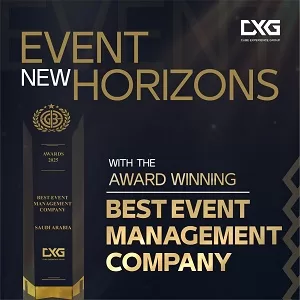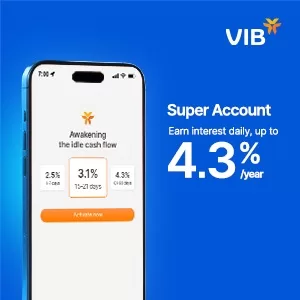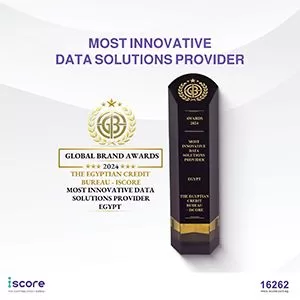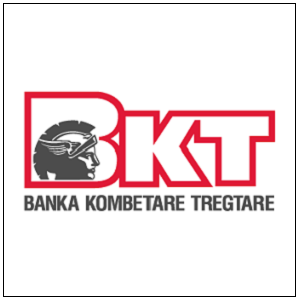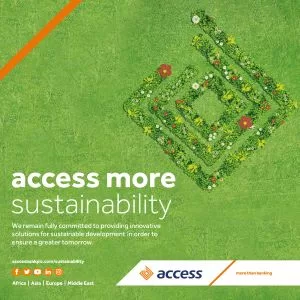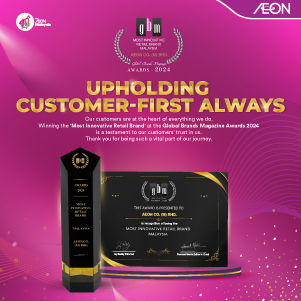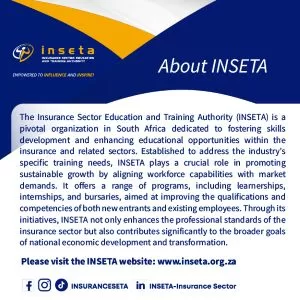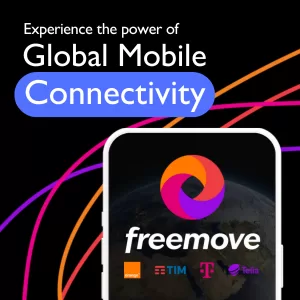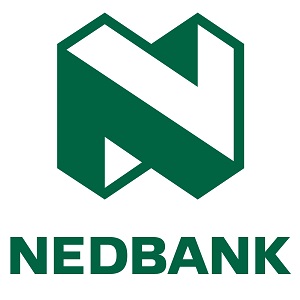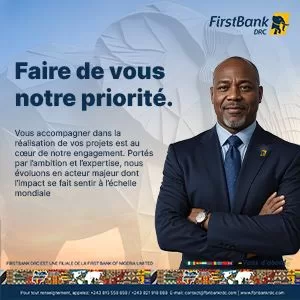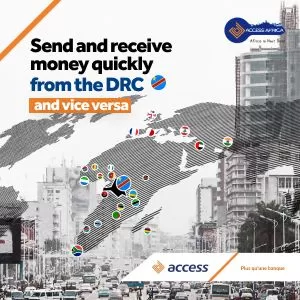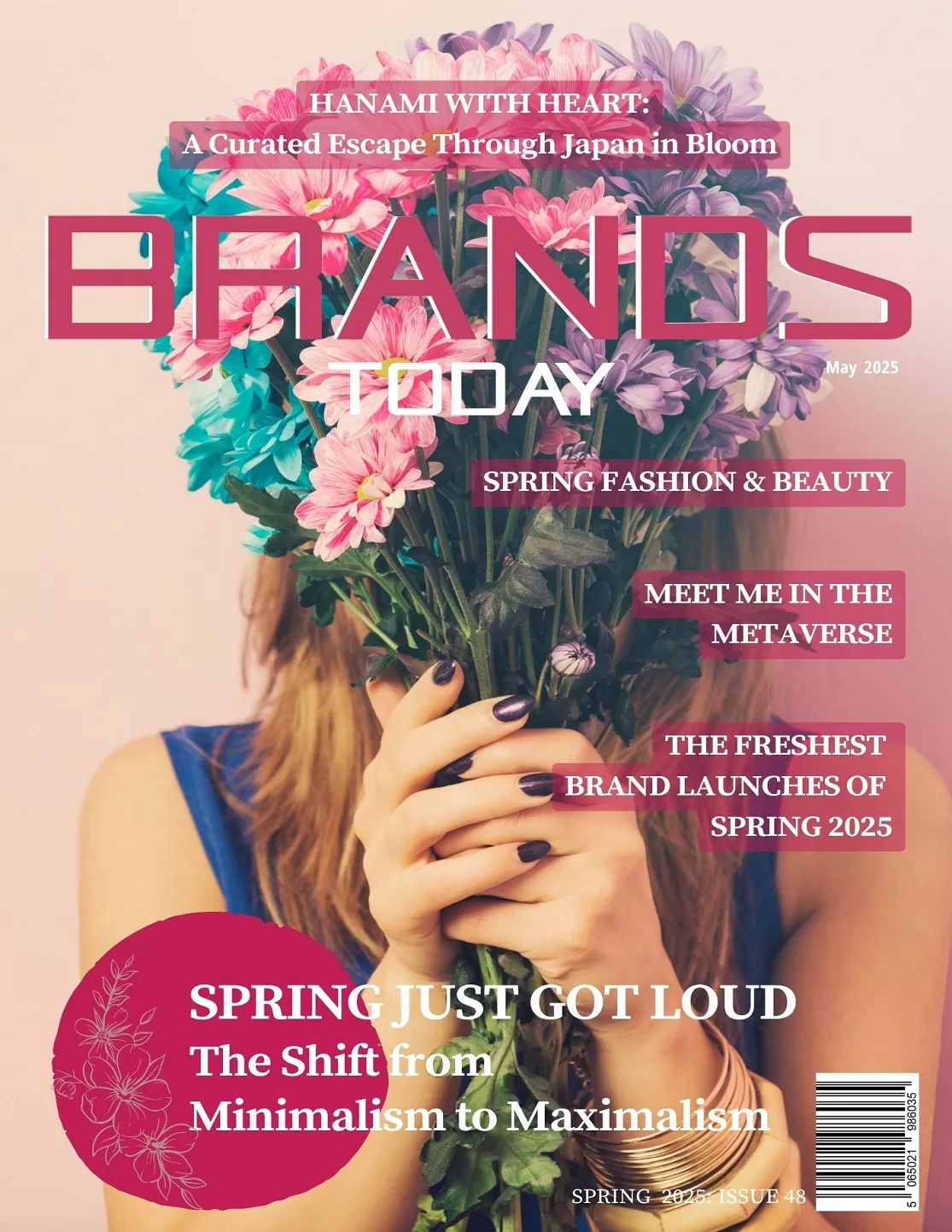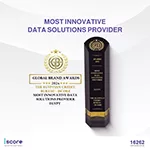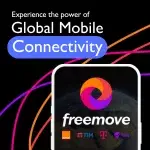Technology
How Google Gemini Is Making the Web More Accessible for the Visually and Hearing Impaired

- Discover the impact of Google Gemini’s new accessibility features on digital encounters for those with vision and hearing impairments.
- Whether you’re a developer, user, or accessibility advocate, you’ll find actionable insights and up-to-date analysis on how Gemini AI is reshaping mobile and web interaction.
Accessibility in technology is no longer a side topic; it is becoming an integral part of design and development. Google’s most recent release of Gemini-powered features reflects this transition, offering AI-powered improvements to everyday digital interactions. The initial set of these accessibility changes was unveiled at Google I/O in May 2024, with a wider deployment timed to coincide with the launch of Android 15. These are not incremental advances; they keep changing the way individuals with vision and hearing loss interact with the internet. This article considers what is currently available, its workings, and the implications for the user and developer.
Enhancements for Vision Impairments
TalkBack Integration with Gemini
The latest upgrade to Android’s TalkBack tool—launched as part of Google’s accessibility feature rollout on May 15, 2025—adds an AI-powered layer through Gemini. This integration marks a shift from basic screen reading to interactive understanding. Users can now ask specific questions about the content on their screen, including images. This includes enquiries such as identifying people in photos, describing actions, or clarifying text embedded in graphics. The system goes beyond passive narration to a two-way interaction, giving users more agency in how they access content. This expanded TalkBack-Gemini experience also allows users to receive a high-level overview of everything displayed, whether it’s a shopping interface, a news article, or a social feed. These outputs work fine when there’s any level of layout complexity or embedded media hindering usual accessibility.
Clarifying Live Video Mode
While earlier previews hinted at a potential “Live Video Mode”, the functionality to interpret camera input seems to be evolving within TalkBack’s broader capabilities. The emphasis in this update is firmly on understanding static content, like images and screens, rather than real-time video navigation. We may see more camera-based features in future iterations, but as of now, this is not a core focus of the 2025 rollout.
The “Describe Screen” function, also powered by Gemini, provides users with a thorough spoken overview of what appears on their screens. This becomes especially valuable on websites that use non-standard text placements or design-heavy layouts, where critical information might be hidden within images or multimedia content. For example, while looking at the banner on an e-commerce site, users can interact with Gemini to enquire about the offer, the discounts that might be in place, and the call to action, enabling the user to base judgment on Gemini textually in the absence of visual cues.
Enhancements for Hearing Impairments
Expressive Captions
The big change that Expressive Captions will see in 2025 is the addition of duration metrics and more descriptive sound labels. For instance, with the elongation of words like “goooaaal”, the captions now describe it with emphasis in context, imitating how it is spoken. Additional audio cues—like whistling, throat clearing, or background laughter—are included to enrich the experience for users who rely on subtitles. These captions roll out first in English on Android 15+ devices across the US, UK, Canada, and Australia.
Adaptive Text Zoom in Chrome
Accessibility doesn’t stop at hearing. For those with limited vision, Chrome’s adaptive text zoom feature makes sure an increase in text size does not distort the layout of the page. This intelligent tool, unlike traditional Zoom, changes the formatting of sites, letting the user read comfortably without compromising the structure or usability of the site. It works especially well on mobile when screen space is small and clarity is essential.
Practical Applications
Gemini-based tools, in unison, offer people with disabilities a whole new way to confidently and independently engage with technology.
- To a user in online shopping environments, questions can be directly put forth on product details or descriptions without seeking the aid of a sighted hand.
- In social media, shared images with context-based image annotation enable visually impaired users to engage meaningfully in a conversation.
- While navigating a digital interface, with Gemini, an enhanced version of TalkBack provides detailed descriptions of static content, such as images or layouts. This makes it possible for the user to grasp the information independently.
These are not futuristic promises—they are present-day functionalities already available on Android devices.
Implementation Steps
Setting up these features is relatively straightforward, and many are available on current Android builds or will arrive soon with Android 15.
- Activating Gemini
- Navigate to your device settings
- Go to “Apps”, then select “Assistant”
- Set Gemini as your default digital assistant
- Using the Describe Screen Function
- Activate TalkBack from the accessibility settings
- Use the context menu to access “Describe Screen” while browsing or within any app.
- Turning On Expressive Captions
- Ensure your device is running Android 15 or later
- Find the option under Settings > Accessibility > Captions
With just a few steps, users can unlock a more inclusive browsing experience tailored to their needs.
Considerations for Developers
As these tools become more prevalent, developers need to ensure that their digital products are fully compatible with Google’s accessibility ecosystem. That involves:
- Incorporating ARIA (Accessible Rich Internet Applications) labels where appropriate
- Using semantic HTML and meaningful alt text for images
- Testing interfaces with TalkBack and ensuring that all interactive elements can be navigated without sight
- Providing captions or transcripts for multimedia content to accommodate users relying on Expressive Captions
Developers who prioritise accessibility not only comply with global standards but also reach a broader audience.


